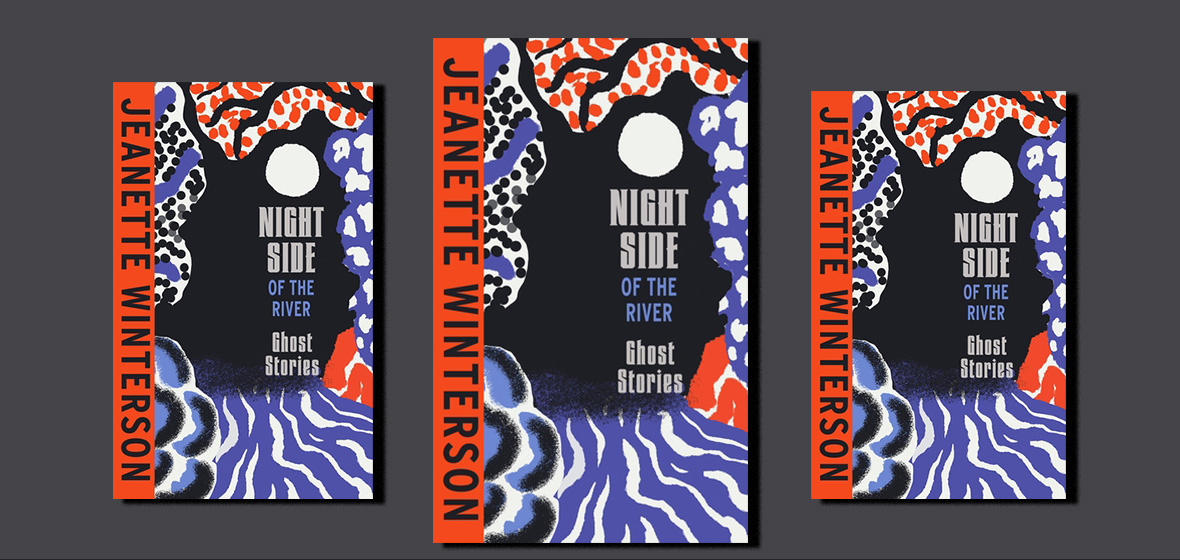Author: Jeanette Winterson
Publisher: Jonathan Cape (Penguin Random House)
Night Side of the River is a collection of ghost stories by a prolific writer across many genres. And, as with other works by Jeanette Winterson, it blends fact with fiction.
In her memoir, Why be Happy When you could be Normal?, Winterson says, “I would rather go on reading myself as a fiction than as a fact.” And her novel Oranges Are Not the Only Fruit, which became an iconic BBC drama series, is said to blur the lines between fiction and autobiography.
There is a strong sense in Night Side of the River that Winterson is writing of her own experience with ghosts. From the outset, she acknowledges her fascination with them. In the introduction, she speculates on their origins and nature, taking a journey through ancient history and the worlds of literature and religion.
In part I of the book, titled ‘Devices’, her stories cover the world of the metaverse, avatars, and the power of an app that can send messages from the dead. The first story, ‘App-arition’, is reminiscent of the most twisted of Roald Dahl’s stories for adults. In ‘The Old House at Home’, a séance leads the main protagonist into a strange place between the real and the spirit worlds. In ‘Ghost in the Machine’, a woman and her husband buy a beautiful getaway place in the metaverse. The woman returns there after his death, and tries to re-create the couple’s joint history. But someone has made other plans.
Counterintuitively, this futuristic first part of the book is followed by three others based further back in time. In part II, ‘Places’, the stories’ characters are living or visiting places steeped in history. And that history is reaching out to the present.
In ‘The Spare Room’, the narrator says, “I’m living in a space between worlds. How could I not feel like a crazy woman?”
Many of the stories in the collection highlight how losing a loved one thrusts the one left behind into a world between worlds. In part III, ‘People’, the main protagonist in ‘No Ghost Ghost story’ says, “I discover that grieving means living with someone who is no longer there.”
The three stories in part IV, ‘Visitations’, describe occurrences with potential ghosts that are too strange to explain away with logic.
About all of these stories there is a strong sense of authenticity, and a sense of conviction that ghosts are real.
In the last story in the collection,’ JW:4: the Future of Ghosts’, the author writes in her own voice: “We are living in Toytown, and we mistake the substance for the shadows … Substance may not be material at all.”




